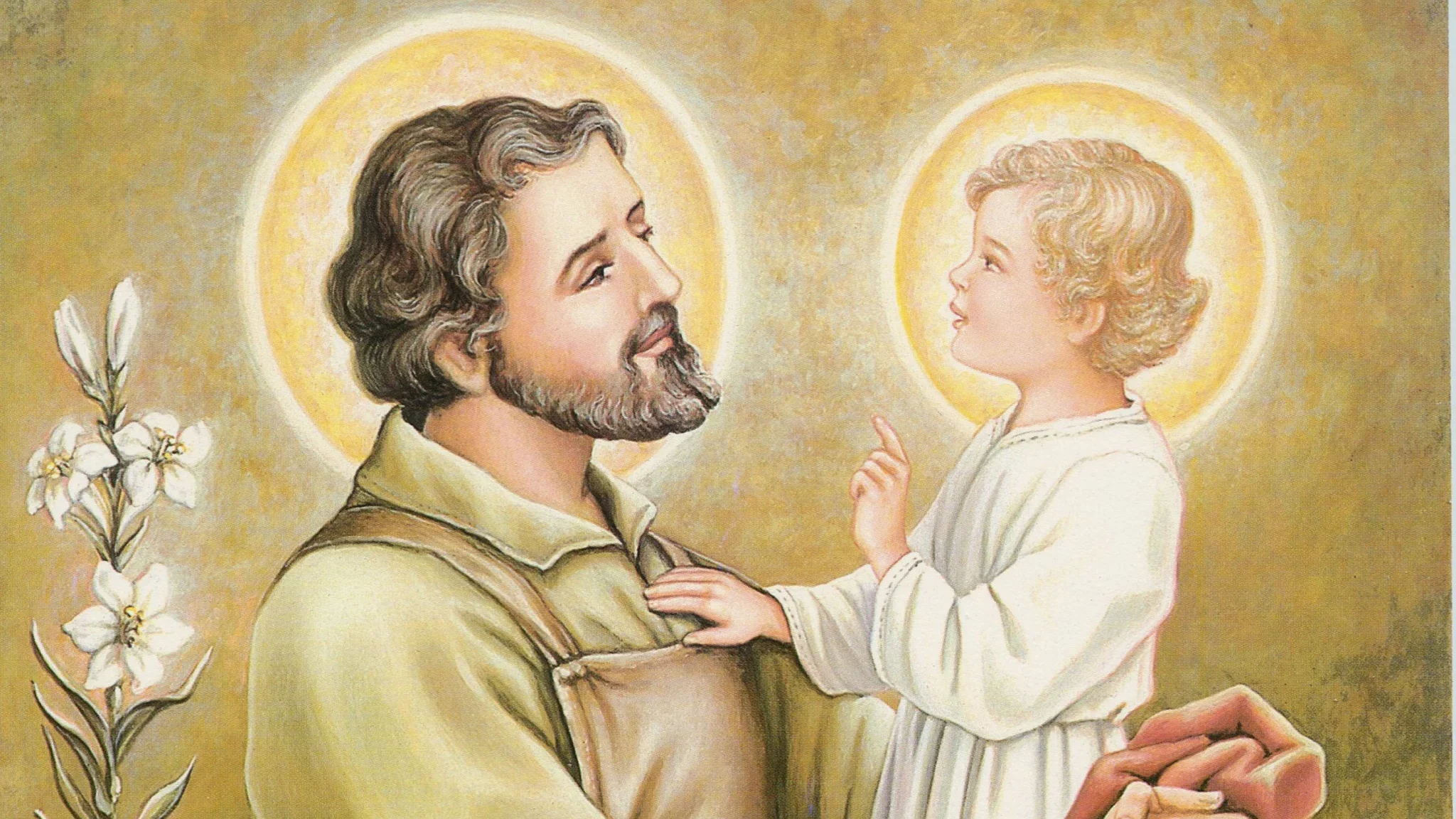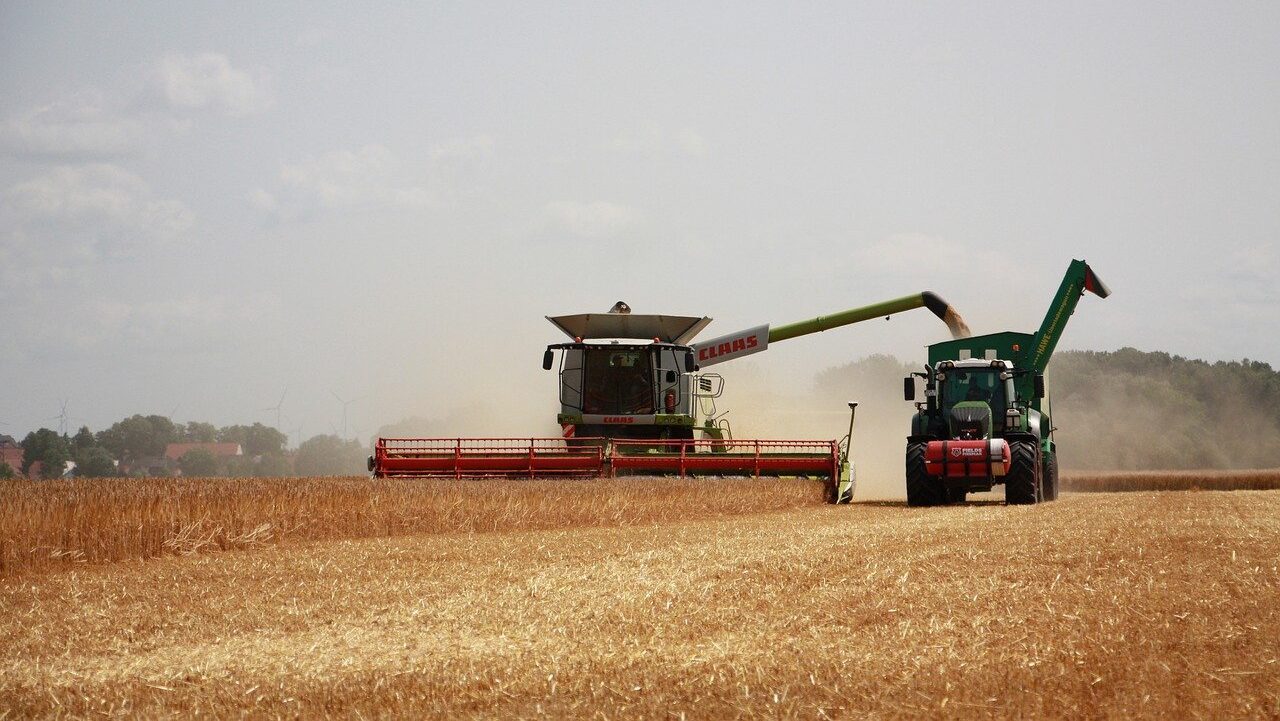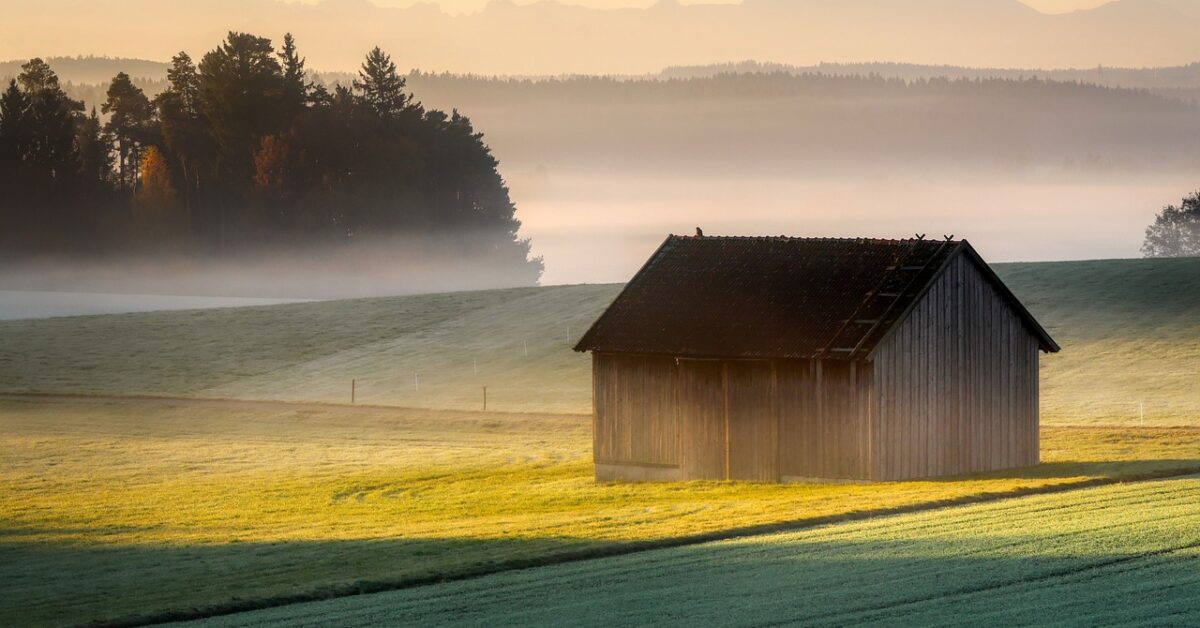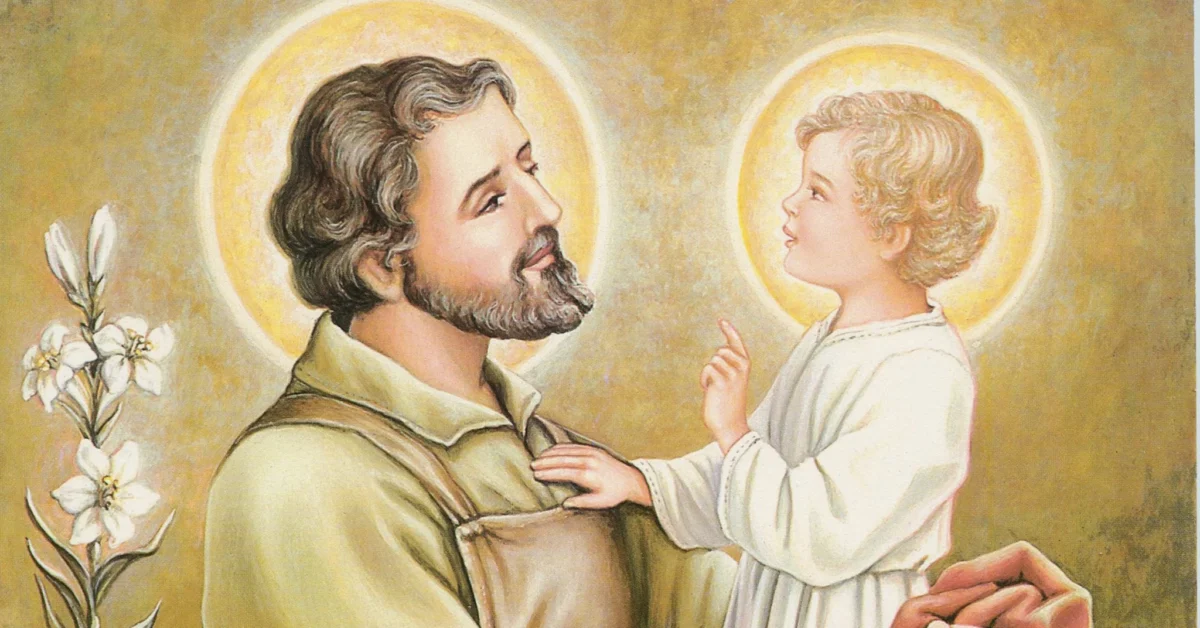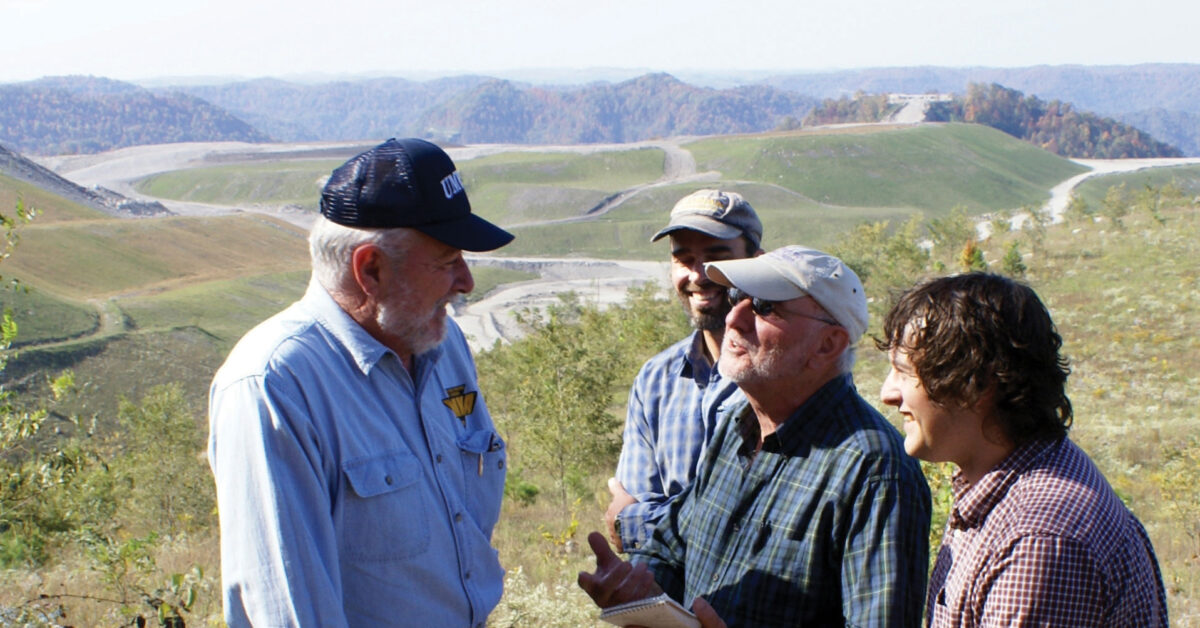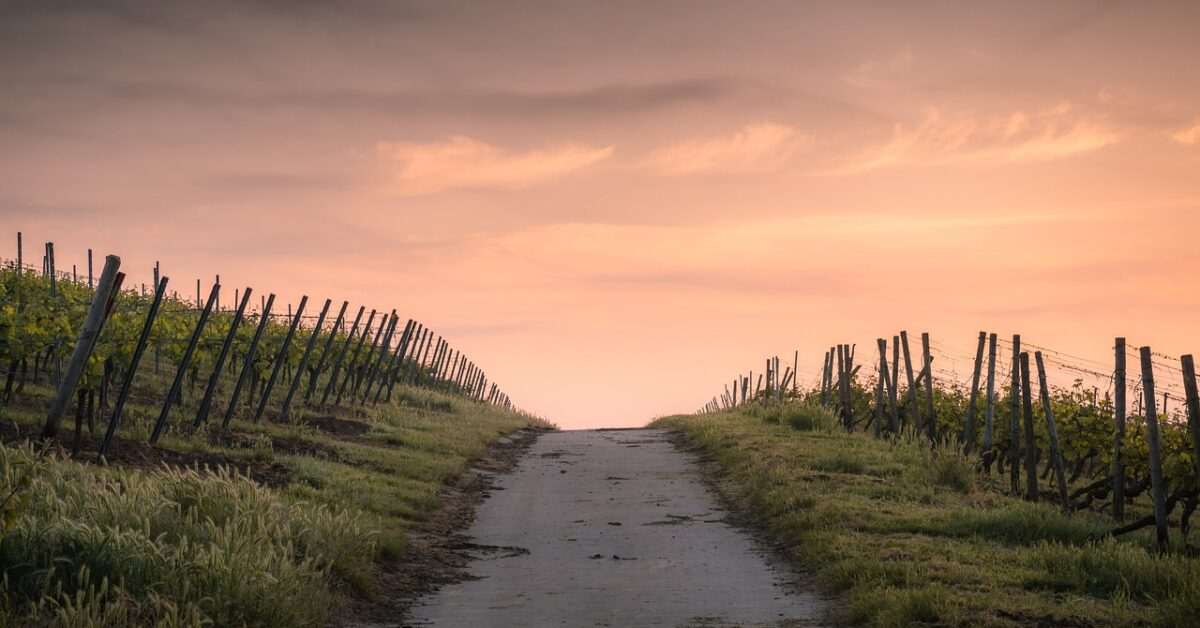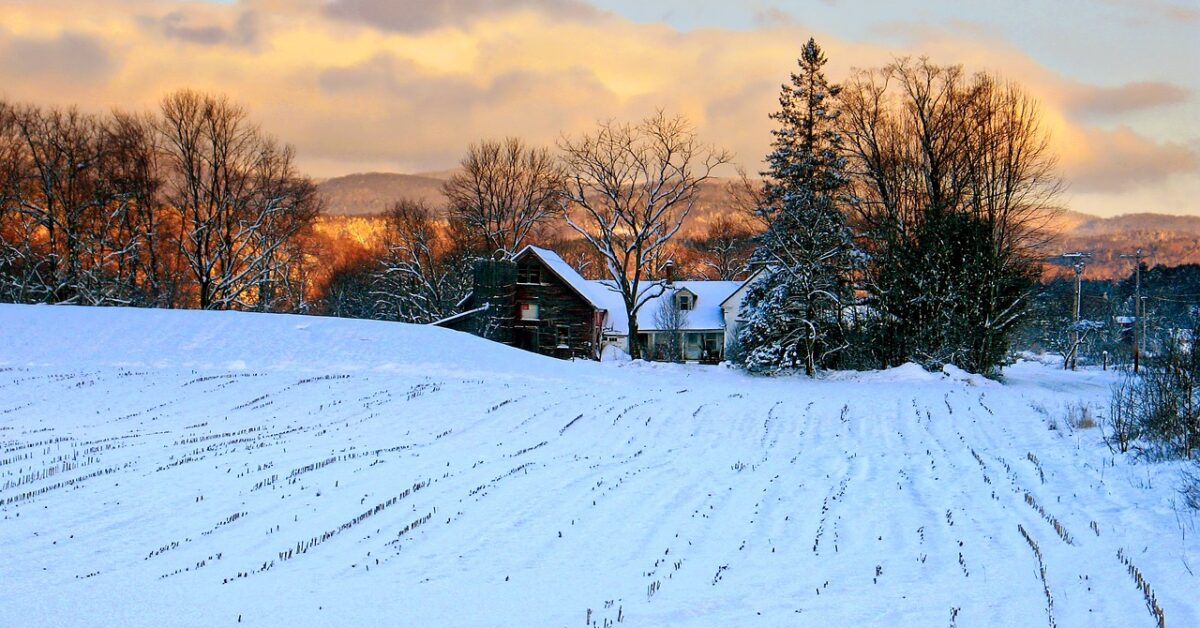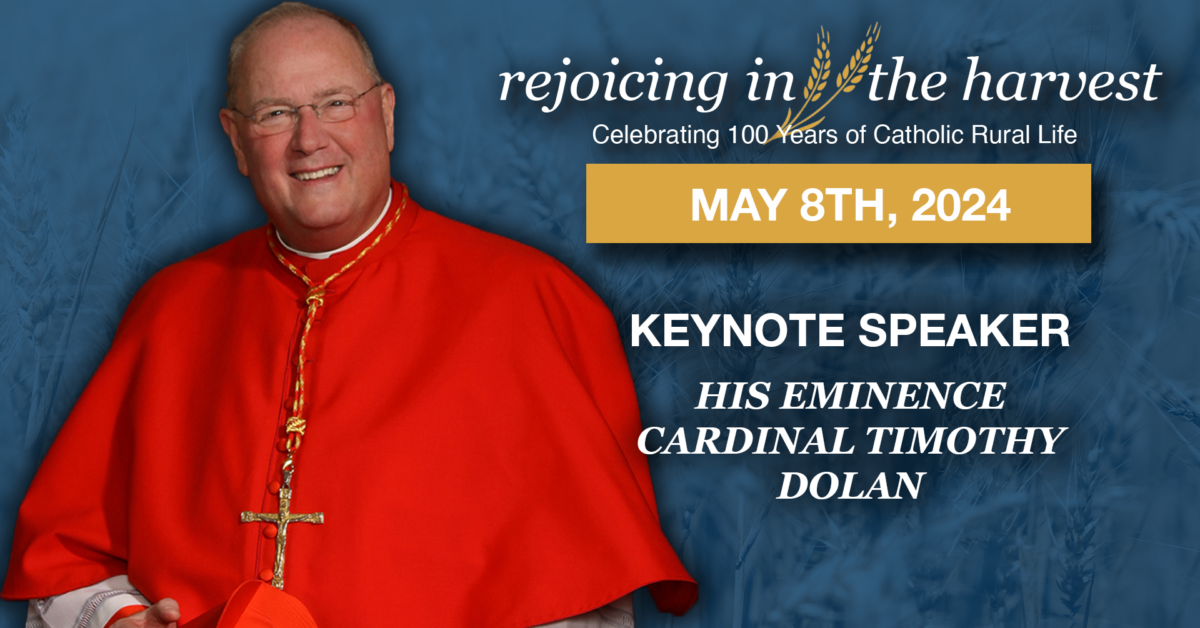“Catholic Environmental Aesthetics” – by Fr. Bud Grant
A Commentary
Recently I got a call from one of my best friends. He was closing up the county nature preserve he administers high in the Loess Hills of western Iowa. He called to share an overwhelming sense of beauty and of the Creator he was experiencing at the sight of a tremendous twilight thunderstorm over the Omaha-Council Bluffs metropolis. His voice held the sadness-tinged awe that came from his awareness that few take the time to recognize the beauty…the divinity…of the spectacle.

Some people call this the “Stendhal syndrome,” a term coined by an Italian physician treating tourists who had been physically overwhelmed by the beauty of her city. Two hundred years ago Stendhal described his experience visiting the church of Santa Croce: “I was in a sort of ecstasy,” he said, “from the idea of being in Florence…absorbed in the contemplation of sublime beauty … I reached the point where one encounters celestial sensations… Everything spoke so vividly to my soul.”
That is a pretty good definition of religious aesthetics: beauty draws us to God. It makes perfect sense that my friend experienced in the heavens what Stendhal (and many others!) experience before Giotto’s ceilings, Bramante’s vaults, or Brunelleschi’s Dome, though I wonder why it needed a clinical designation, as if a response to beauty is pathological. Nor is it naïve, simplistic, superficial, or merely sentimental, but a genuine experience of the Divine through nature.
A Catholic aesthetic, in addition to our distinct ethic and Eucharistic spirituality, can be applied to our common environmental crises. Of course beauty is difficult to define, it is even controversial to claim that there is any universally acknowledged idea of beauty. We have all looked at some modern art, or our sister’s new boyfriend, and sighed “beauty is in the eye of the beholder.” But Catholic theological aesthetics asserts that there is indeed a universal by means of which beauty is identified and measured.
Beauty, according to Thomas Aquinas, is harmony, proportion, balance and unity among diverse parts. Can nature, seemingly random and accidental, be beautiful? Nature aesthetics tends to be subjective, tied to place. Our home, our land, our mountain, our river is beautiful. Conversely, as Art Historian Simon Schama notes, alien places are perceived of as strange, dangerous, infested, cursed, enemy territory. The first Europeans in America immediately set to re-create this continent in the likeness of the ‘old country,’ chopping down native trees, tilling up indigenous prairies, exterminating bison and carrier pigeon, and introducing familiar species (not always deliberately: the Norway Rat and the dandelion, for example).
That nature is not beautiful has been argued for not preserving pristine ecosystems: Alaska Senator Ted Stevens once quipped of the Arctic National Wildlife Reserve: “It is an empty ugly place,” so there is no objection to destroying it for oil.
But thanks to cross-disciplinary ecology, we recognize harmony, balance, unity and proportion in nature that heretofore had been dismissed as wild, chaotic, threatening, nuisance, obstacle, competition, useless, or just plain “ugly.” We see more deeply into the mysteries that connect yucca plant to yucca moth, bison to nematode, fire to prairie, even flood to floodplain. Symbiosis is a crucial component of this new ecological aesthetic. Henry David Thoreau, who is perhaps the world’s first ‘naturalist’ made just that connection among all species, including our own. He and his intellectual heirs (John Muir especially), according to Environmental Historian Roderick Nash, have helped us grasp wilderness as beautiful. Modern aesthetic philosophers, including Arnold Berleant, add that beauty is not in the beholden or the beholder, but the relationship between the two. We know this: the experience of beauty leaves us with the profoundly joyful ache of wanting to consume and simultaneously to be consumed by that which we behold. It is sublime, isn’t it?
What does religious faith add to the experience of nature as beautiful? First, it gives that sublimity a name: God. God is the creator and nature is God’s work, by means of which we come to a more intimate understanding of God’s very nature. Nature behaving as God designed it is theologically beautiful, even if a superficial overview feels otherwise. Floods, famine, and fire all have their place—their ‘niche’—in the sustaining of the ecosystem.
To this rather universal aesthetic spirituality, Christians add that, as with art, nature is a vehicle for reverencing Christ. This Incarnational theology recognizes that the Earth and its fruits are, in some sense, the body of Christ, who, in the breathtakingly beautiful poetry recorded by St. Paul, is “the Firstborn of all Creation, for in Him were created all things in heaven and on earth…all things were created through him and for him…and in him all things hold together…” (Col. 1:15-20).
And this points to distinctly Roman Catholic nature aesthetic. We frame the Relational, Christological, aesthetic in terms of the Eucharist, by means of which earth is united to heaven, the material to the spiritual. Interpreted in the light of Roman Catholic Environmental Aesthetics my friend’s experience was beautifully sacramental: an encounter with the Body of Christ.
Father Bud Grant is an Assistant Professor of Theology at St. Ambrose University in Davenport, Iowa, where he teaches courses such as Intro to the New Testament, Intro to Environmental Studies, Environmental Ethics and others. He’s the coordinator of the Environmental Studies program and advisor for St. Ambrose’s environmental club. He was also a planner and presenter at the symposium in October 2009 celebrating the 30th anniversary of John Paul II’s visit to Iowa.
Click
HERE to read more commentaries by Fr. Bud Grant!
 Some people call this the “Stendhal syndrome,” a term coined by an Italian physician treating tourists who had been physically overwhelmed by the beauty of her city. Two hundred years ago Stendhal described his experience visiting the church of Santa Croce: “I was in a sort of ecstasy,” he said, “from the idea of being in Florence…absorbed in the contemplation of sublime beauty … I reached the point where one encounters celestial sensations… Everything spoke so vividly to my soul.”
Some people call this the “Stendhal syndrome,” a term coined by an Italian physician treating tourists who had been physically overwhelmed by the beauty of her city. Two hundred years ago Stendhal described his experience visiting the church of Santa Croce: “I was in a sort of ecstasy,” he said, “from the idea of being in Florence…absorbed in the contemplation of sublime beauty … I reached the point where one encounters celestial sensations… Everything spoke so vividly to my soul.”
